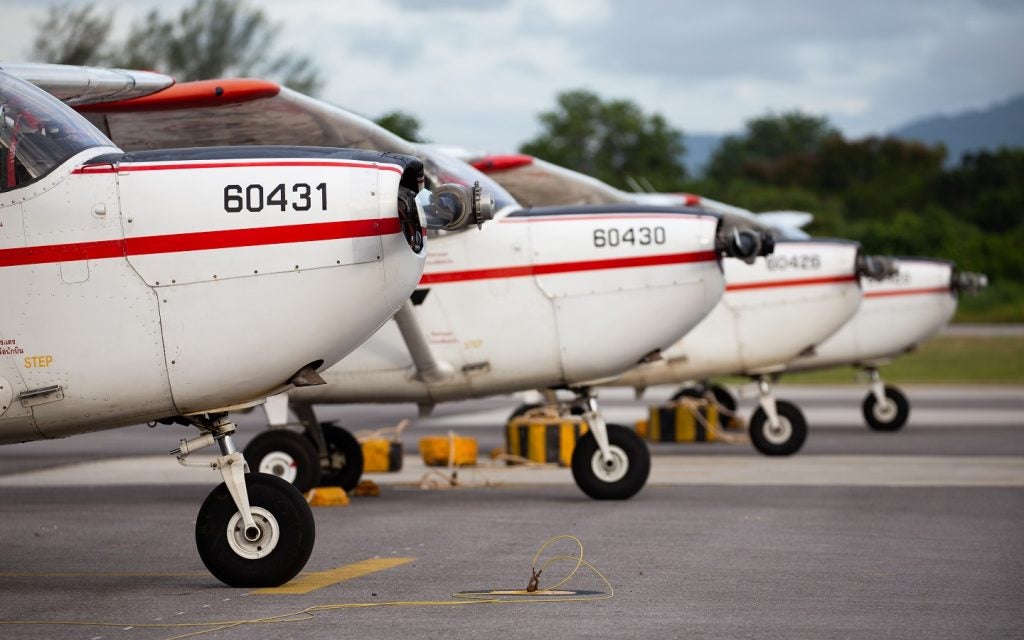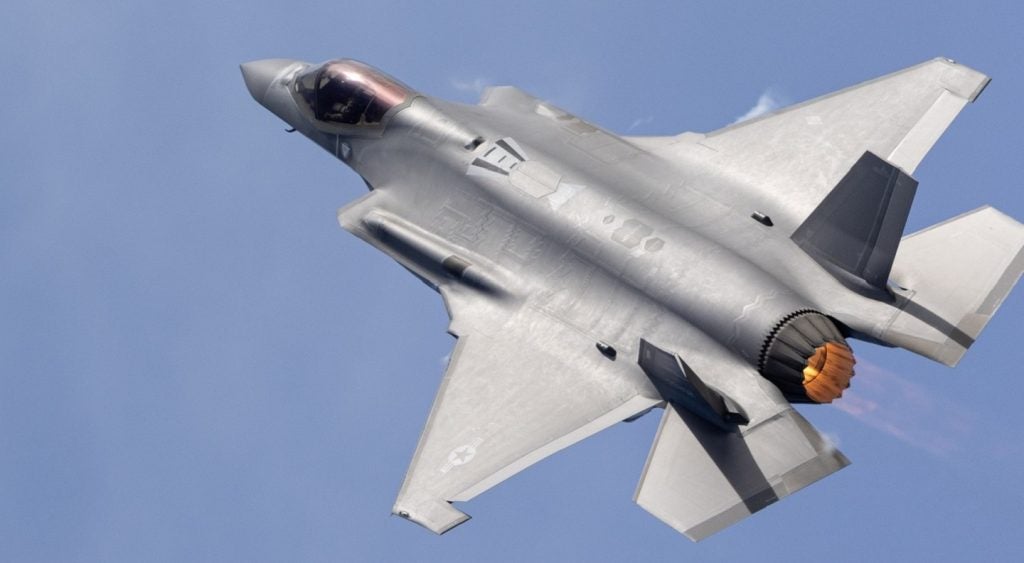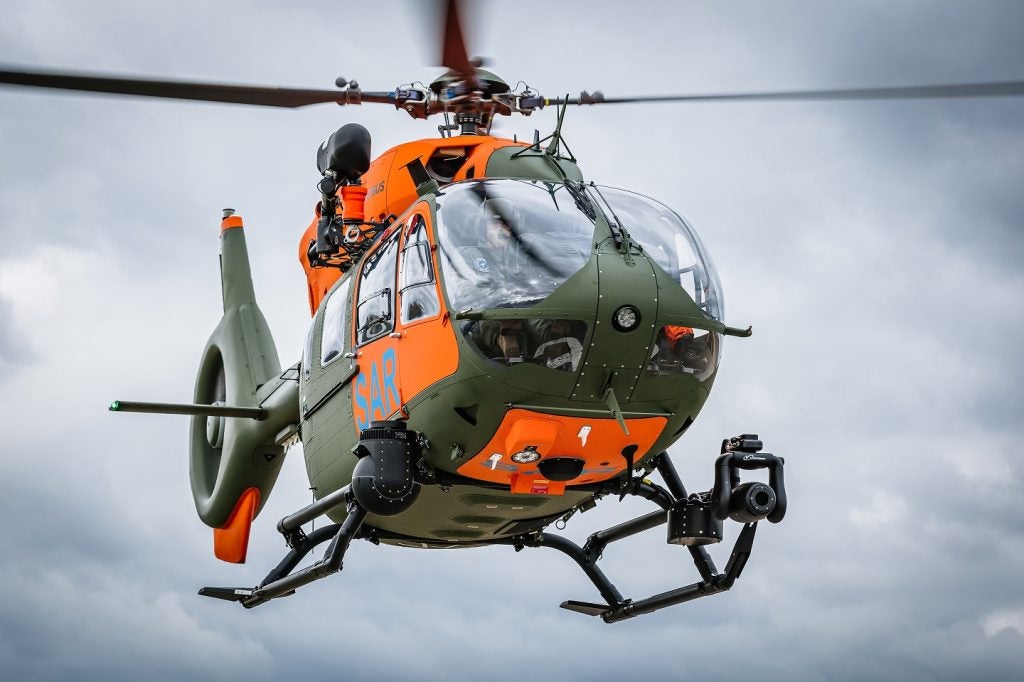The Royal New Zealand Air Force’s (RNZAF) new NH Industries-built NH90 aircraft is facing claims that it is flawed and may not fly in snowy conditions even after they have been fixed..
In a report, Auditor-General Lyn Provost said that the fleet of NH-90s were "prone to damage" from debris drawn into the engines and needed screens over the engines to mitigate the risk.
Provost criticised the purchase of the eight aircraft worth $700m, and added that the helicopters were "first of type" equipment.
The Chief of the Defence Force lieutenant general Rhys Jones, however, defended the claims and insisted that the problems identified had solutions.
"A solution has been identified, tested and is just going through the final verification before being implemented to NH90s globally," Jones added.
New Zealand ordered the helicopters in 2006 as part of its NZ$3.3bn long-term development plan (LTDP) aimed at helping its military meet minimum capability levels.
How well do you really know your competitors?
Access the most comprehensive Company Profiles on the market, powered by GlobalData. Save hours of research. Gain competitive edge.

Thank you!
Your download email will arrive shortly
Not ready to buy yet? Download a free sample
We are confident about the unique quality of our Company Profiles. However, we want you to make the most beneficial decision for your business, so we offer a free sample that you can download by submitting the below form
By GlobalDataThe NH90, intended to replace the aging UH-1 Iroquois helicopters, was expected to increase the prospect of New Zealand Defense Force (NZDF) engagement in distant ad-hoc coalitions.
The multi-role, medium-sized, twin-engine NH90 helicopters are capable of carrying over twice the Iroquois’s payload and can operate in harsh military environments, over land and sea, day or night.
The air force will also operate the helicopter from the New Zealand Navy’s 9,000t multi-role vessel HMNZ Canterbury to enhance counter-terrorism, disaster relief, search and rescue, and other operation capabilities.
The RNZAF will receive the remaining six NH90s next year, and also received five new A109 helicopters to replace the old Sioux aircraft this year.
The helicopters are also in use with the German, Spanish, Italian and French Armed Forces.






